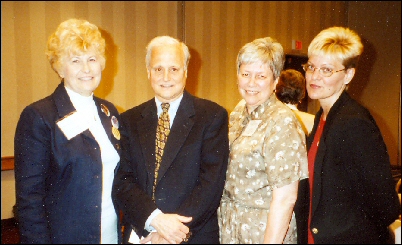DOHSA – Death on the High Seas Act
May, 2000 Update
On March 30, 1920, Congress passed DOHSA to help maritime widows collect needed benefits when husbands were killed at sea. Through the years the airlines have pushed to apply this law to air crash litigation when the crash was at sea.
On March 8th and March 15, 2000, the U.S. Senate and House of Representatives, respectively, passed an amended version of the 1920 Death on the High Seas Act (DOHSA) as part of the Wendell H. Ford Aviation Investment and Reform Act of the 21st Century. The initial bi‑partisan Senate support came from the following: Spector, Santorum, Lautenberg, Moynihan, Schumer, Murray, Dodd, Wellstone, Torricelli, Sarbanes, Inhofe, Robb, Mikulski and Gramm.
The amended legislation moves the limit of DOHSA from one marine league to 12 nautical miles off the shore of any state, the District of Columbia, or the territories or dependencies of the U.S.
If a commercial aviation accident occurs within the newly established 12-mile limit, then DOHSA shall not apply and the rules applicable under Federal, State, and other appropriate laws shall apply. However, if a commercial aviation accident occurs outside the 12-mile limit, then DOHSA will continue to apply. DOHSA will apply to any death caused by a commercial accident after July 16, 1996. (The day before TWA 800).
The amended DOHSA still does not allow for the recovery of punitive damages, but does allow for the recovery of non-pecuniary damages for wrongful death, which is defined as the loss of care, comfort, and companionship. It does not allow for the recovery of pain and suffering prior to death. The old DOHSA did not allow for the recovery of non-pecuniary damages.
The newly amended DOHSA allows for a class of beneficiaries of the decedent to recover the pecuniary loss sustained which is also defined as economic loss or loss of wages. There was no cap set on damages, and includes inflation adjustments.
In all aviation accidents that have occurred in open water since July 16, 1996, the newly amended DOHSA will not apply to TWA 800, and will not likely apply to Alaska Air 261, because both accidents occurred within the 12 nautical mile limit. (AS261 was off a U.S. island). However, the EgyptAir 990 crash falls outside the 12-mile limit, at approximately 60 miles off the coast of Nantucket. Attorneys for Swissair 111 will also argue the amended version of DOHSA should apply because the accident occurred outside the 12 mile limit, off the coast of the U.S., although the crash occurred well within the limits of Canadian territorial waters.
The Wendell H. Ford Aviation Investment and Reform Act for the 21st Century was sent to President Clinton on March 29th, and the President signed the bill into law on April 5, 2000. It became Public Law No. 106-181.
Lanita Hausman
NADA/F Vice President, May 2000
Swissair 111

NADA/F Board Members
Joan Pontante, Mary Kahl, Lanita Hausman with Bob Hager from NBC

